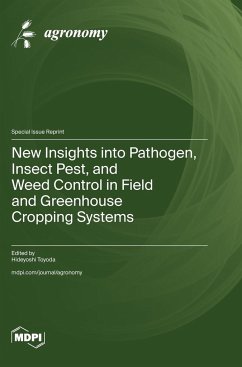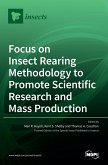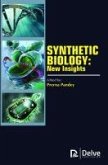This Special Issue reprint showcases the latest research focusing on the methods to manage agricultural pests without relying on pesticides. It covers pathogens, insect pests and weeds, emphasizing innovative physical control approaches based on electrostatic principles.¿Electrostatic techniques involve creating an electric field using charged conductors. Insulated charged conductors produce a static electric field, useful for trapping airborne fungal spores and insects that pass through an insect net, and for repelling insect pests. On the other hand, non-insulated charged conductors generate a dynamic electric field, useful for electrocuting pests. The articles involved explain the structural design of devices and electrostatic principles used for various purposes, including trapping pests and quantitatively analyzing fungal spores, explore the effects of electrostatic fields on pest populations, develop techniques for electrocuting weed seedlings and flies, and establish criteria for target size in trapping and electrocuting pests. These electrostatic approaches complement biological methods, such as breeding pest-resistant crop plants. The reprint includes efforts to screen genetic traits for pest resistance and proposes strategies for controlling viral and fungal diseases. One original article screens resistance traits to Clavibacter michiganensis in wild tomatoes and transfers them to cultivated tomatoes, identifying genetic loci involved in resistance. Biological control measures, including the use of hyperparasitic fungi such Ampelomyces spp., are highlighted for controlling powdery mildew colonies on leaves.








